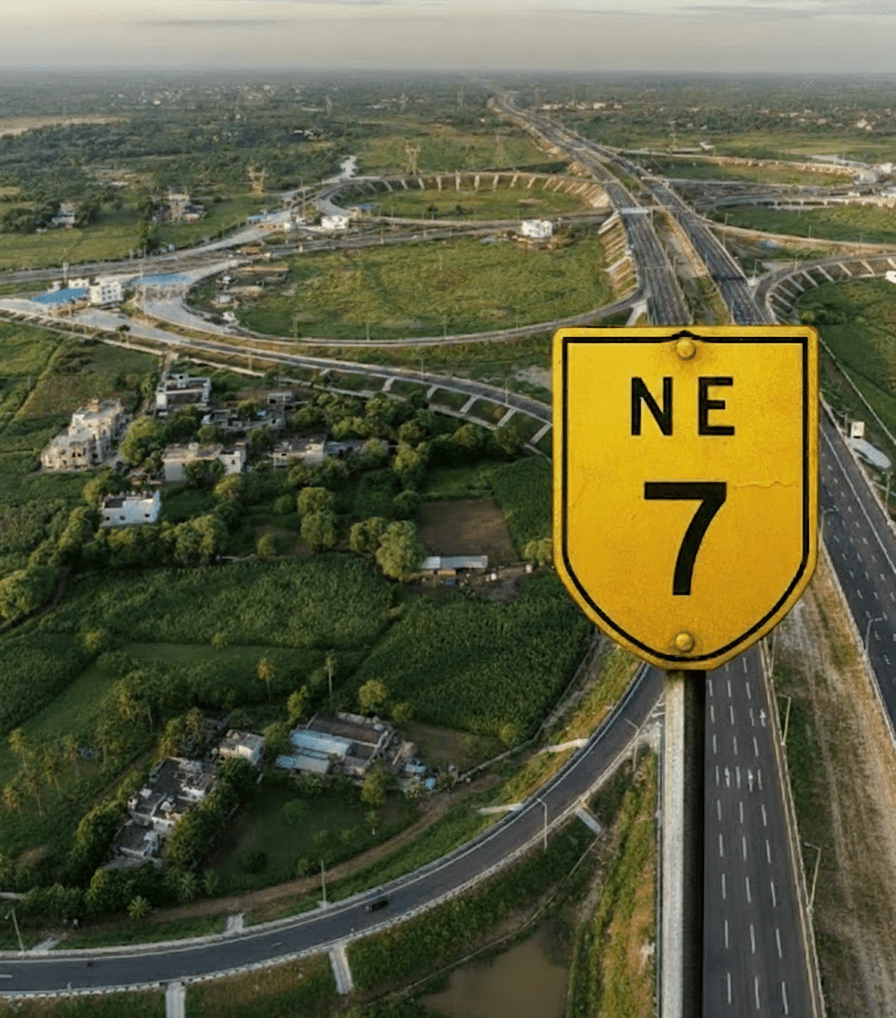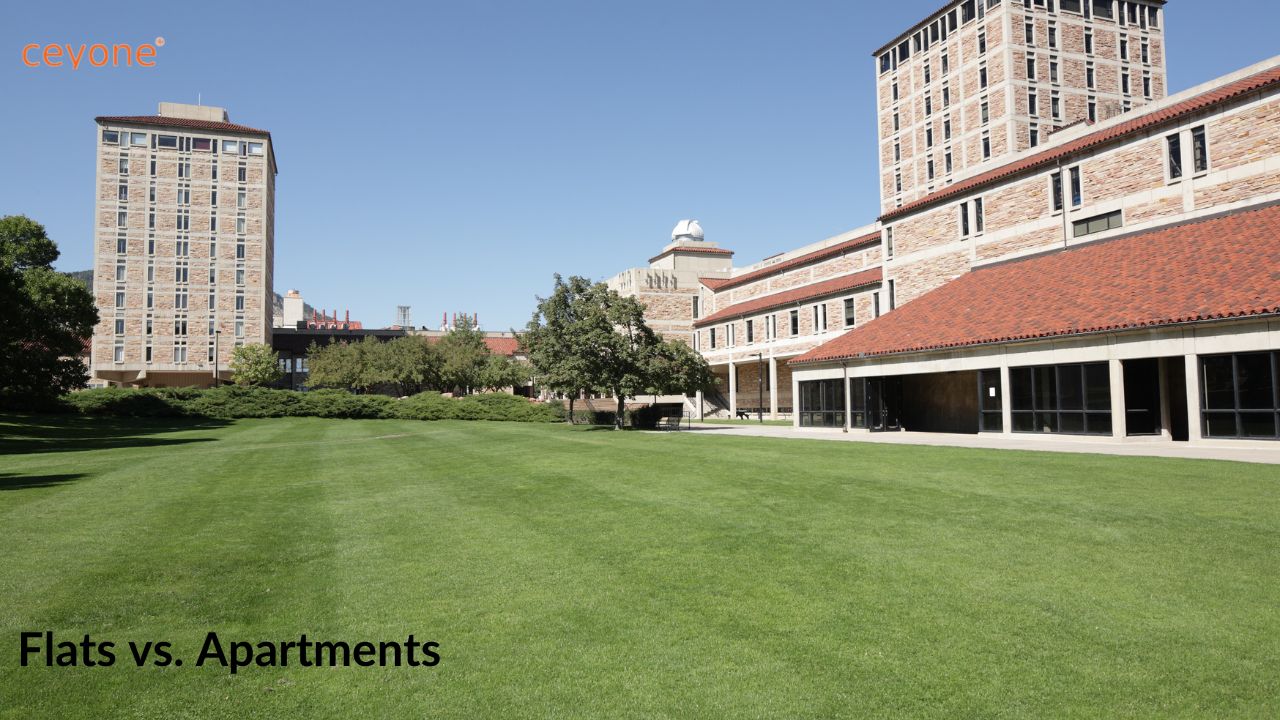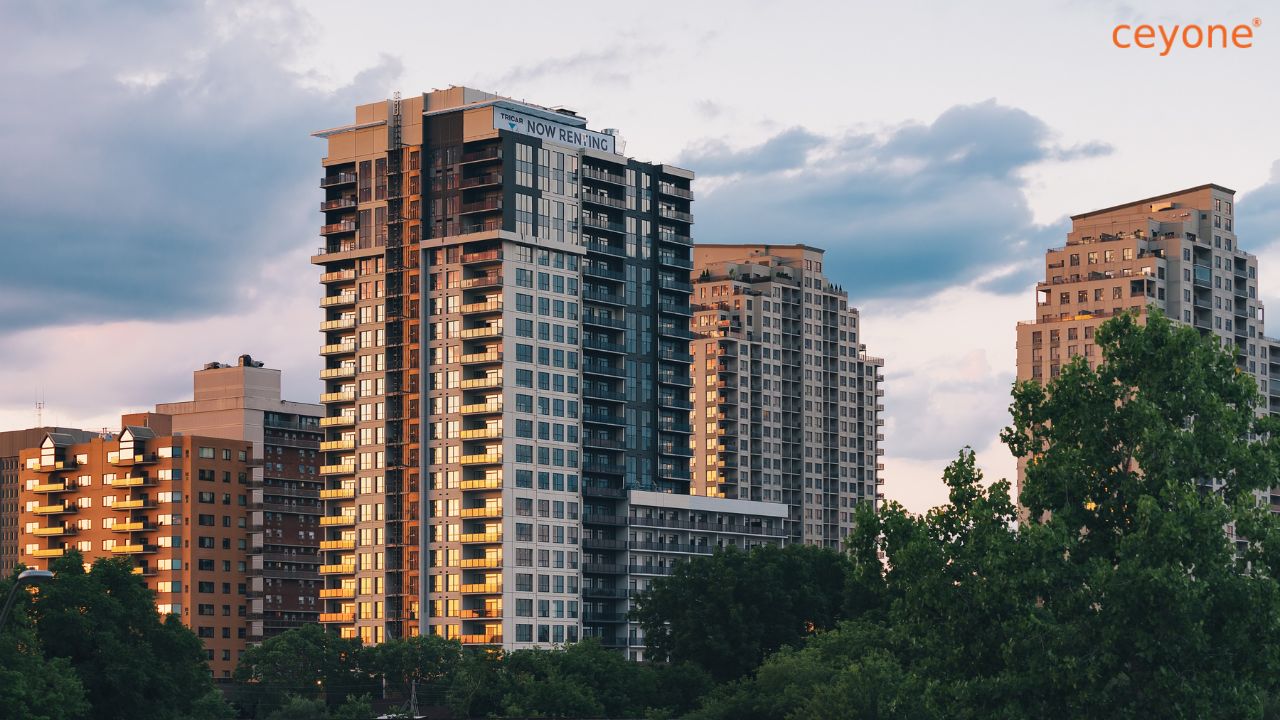Bengaluru–Chennai Expressway Delayed Again: New Deadline July 2026
The long-awaited Bengaluru–Chennai Expressway, planned to connect two of South India’s busiest cities with a high-speed road, is facing yet another delay. The project, which was supposed to finish in 2023, will now be ready only by July 2026, according to Union Minister Nitin Gadkari.
Work Still Less Than Half Done
The expressway is being built at an estimated cost of ₹15,188 crore. Construction began in 2022 with the promise of reducing travel time between Bengaluru and Chennai to just three hours. However, progress has been much slower than planned.
Of the total 262–263 km, only about 100.7 km has been completed so far. The road passes through Karnataka, Andhra Pradesh, and Tamil Nadu, and the pace of work has varied widely between states.
Current Progress of the Bengaluru–Chennai Expressway
| Stretch | Distance | Status / Expected Completion |
| Bengaluru → Bethamangala (Karnataka) | ~72 km | Completed |
| Sundarpalya → Byreddypalli (Karnataka) | 25 km | Expected by Dec 2025 |
| Bangarupalem → Gudipala (Andhra Pradesh) | 29 km | Completed |
| Byreddypalli → Bangarupalem (Andhra Pradesh) | 31 km | Expected by mid-2026 |
| Gudipala → Walajahpet (Tamil Nadu) | 24 km | Expected by Oct 2025 |
| Walajahpet → Arakkonam (Tamil Nadu) | 24.5 km | Expected by Oct 2025 |
| Arakkonam → Kancheepuram (Tamil Nadu) | 25.5 km | Expected by March 2026 |
| Kancheepuram → Sriperumbudur (Tamil Nadu) | 31.7 km | Expected by Dec 2025 |
Note: While official updates mention these deadlines, multiple reports suggest the overall completion will likely slip to July 2026 due to slower progress in Andhra Pradesh and Tamil Nadu.
(Source: News24Online)
Why Is It Delayed?
The reasons are different in each state:
- Karnataka: Land disputes and compensation issues slowed work.
- Tamil Nadu: Tough tasks like rock cutting and land levelling caused delays.
- Andhra Pradesh: Permissions for a 10 km stretch inside Koundinya Wildlife Sanctuary took longer due to environmental rules.
On top of that, permissions, clearances, and coordination between states have added to the slow pace.
Benefits Once Completed

Even with the delays, this expressway remains one of South India’s most important projects. Once finished, it will:
- Cut travel time between Bengaluru and Chennai from six hours to about three hours
- Shorten the distance by nearly 80 km
- Allow vehicles to travel at 120 km/hr
- Reduce traffic on NH-44 and NH-48
- Help cargo trucks move faster, boosting business and trade between the two states
For everybody, this road will save both time and money.
States, Districts & Towns Along the Bengaluru–Chennai Expressway
| State | Districts Covered | Major Towns |
| Karnataka | Kolar district, Bengaluru North district | Hoskote, Malur, Bangarapet, Kolar Gold Fields, Bethamangala |
| Andhra Pradesh | Chittoor district | Venkatagirikota, Palamaner, Bangarupalem, Chittoor |
| Tamil Nadu | Ranipettai district, Kanchipuram district | Ranipet, Walajapet, Arakkonam, Sriperumbudur |
Real Estate & Location Advantage
Infrastructure projects like this expressway don’t just improve travel — they change how real estate markets grow.
- Boost in Property Prices: Areas along the corridor, such as Hoskote, Malur, Bangarupalem, Sriperumbudur, and Kancheepuram, are already seeing growing real estate interest. Once the expressway is functional, demand for homes, plots, and commercial spaces here is expected to rise sharply. Faster connectivity usually leads to 10–20% appreciation in property prices in nearby localities over a few years.
- Better Connectivity: With Bengaluru’s ORR and Whitefield on one side and Chennai’s Sriperumbudur industrial belt on the other, the corridor will link IT parks, auto hubs, and manufacturing clusters more seamlessly. This means more jobs, migration, and demand for housing along the route.
- Affordable Housing Growth: Smaller towns on the expressway route, which were once seen as “far,” will become more accessible. This will encourage affordable and mid-segment housing projects, especially for IT and manufacturing employees.
- Logistics & Warehousing Push: With reduced travel time for cargo trucks, land near interchanges is likely to become hotspots for logistics parks and warehouses, adding long-term value to these areas.
In short, the Bengaluru–Chennai Expressway will not just be a road — it will be a growth corridor for real estate and business.
Will It Really Be Ready by July 2026?
The July 2026 deadline is already three years behind the original promise. Different reports point to slightly varying timelines — some mention March 2026, others mid-2026 — reflecting uncertainty on the ground.
Experts caution that unless land disputes and clearance issues are resolved quickly, further delays are possible. Still, given the investment size and close monitoring by the central government, the project is expected to be completed — even if it stretches beyond the latest target.
Conclusion
The Bengaluru–Chennai Expressway shows how ambitious projects in India face real-world problems like land issues, environmental clearances, and slow approvals. But it also shows the country’s push toward modern, high-speed infrastructure.
For commuters, it means saving time. For businesses, it means faster logistics. And for homebuyers and investors, it means rising property values and better-connected locations. For now, people must wait — but the future looks promising once this mega project finally opens.
About Ceyone
At Ceyone Marketing, we go beyond property listings to empower homebuyers with reliable insights and guidance. From verifying RERA details to highlighting premium residential projects, we make your home-buying journey simple, transparent, and stress-free. Whether it’s a villa, an apartment, or an investment property, Ceyone ensures every decision is backed by clarity and confidence.













